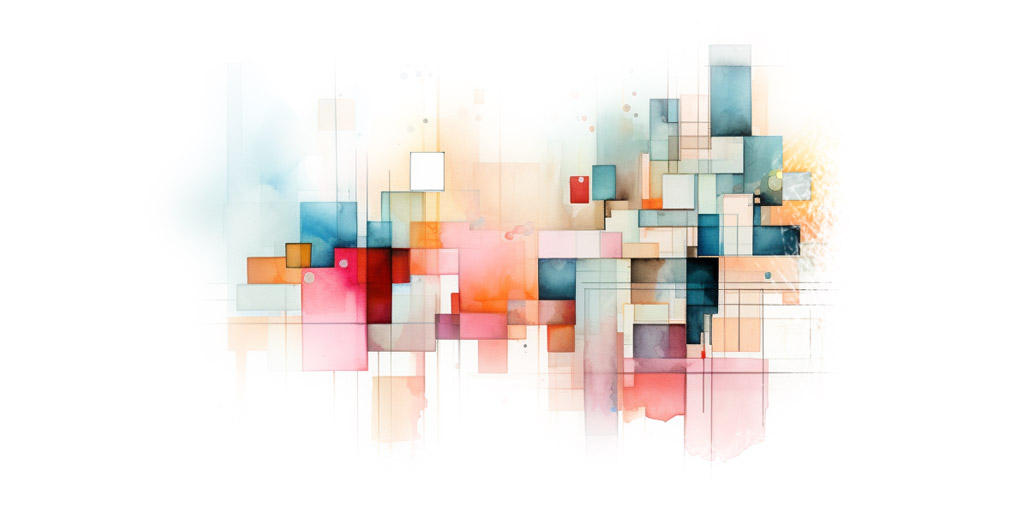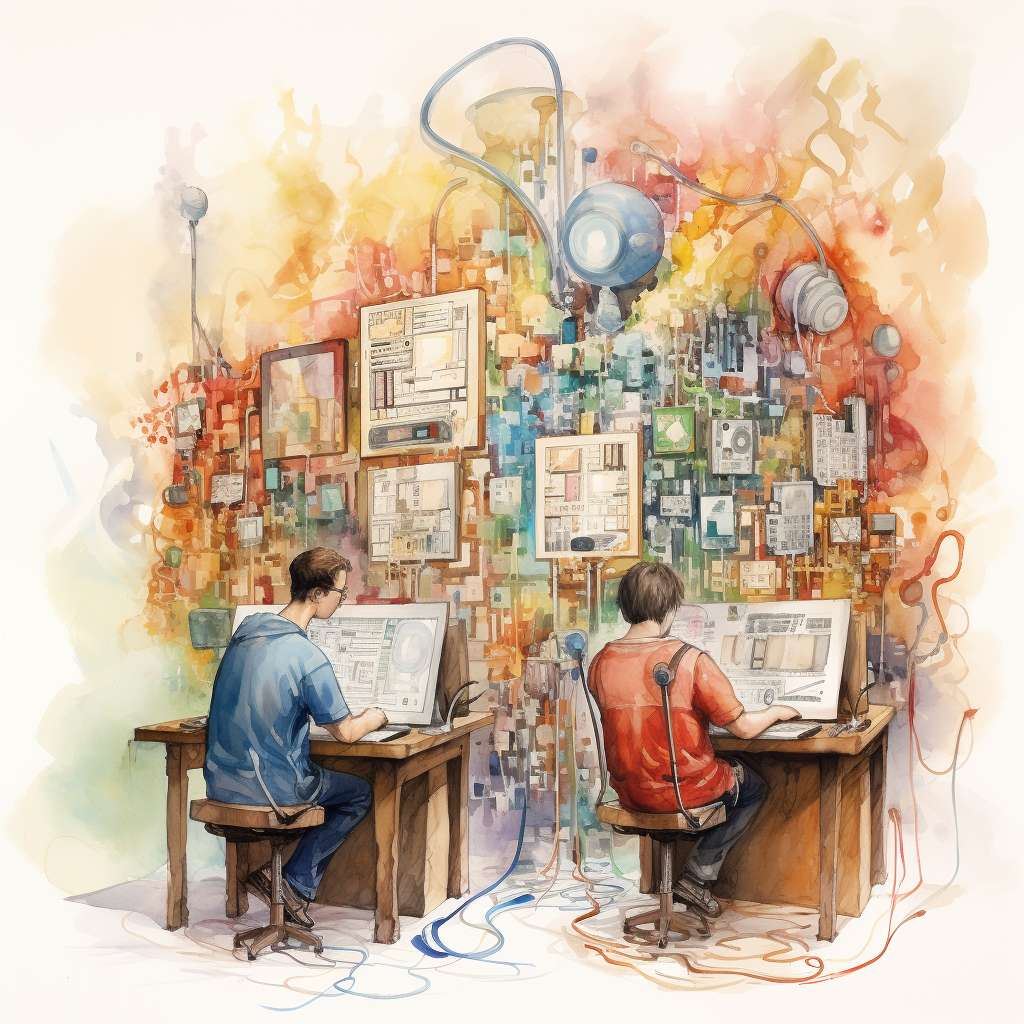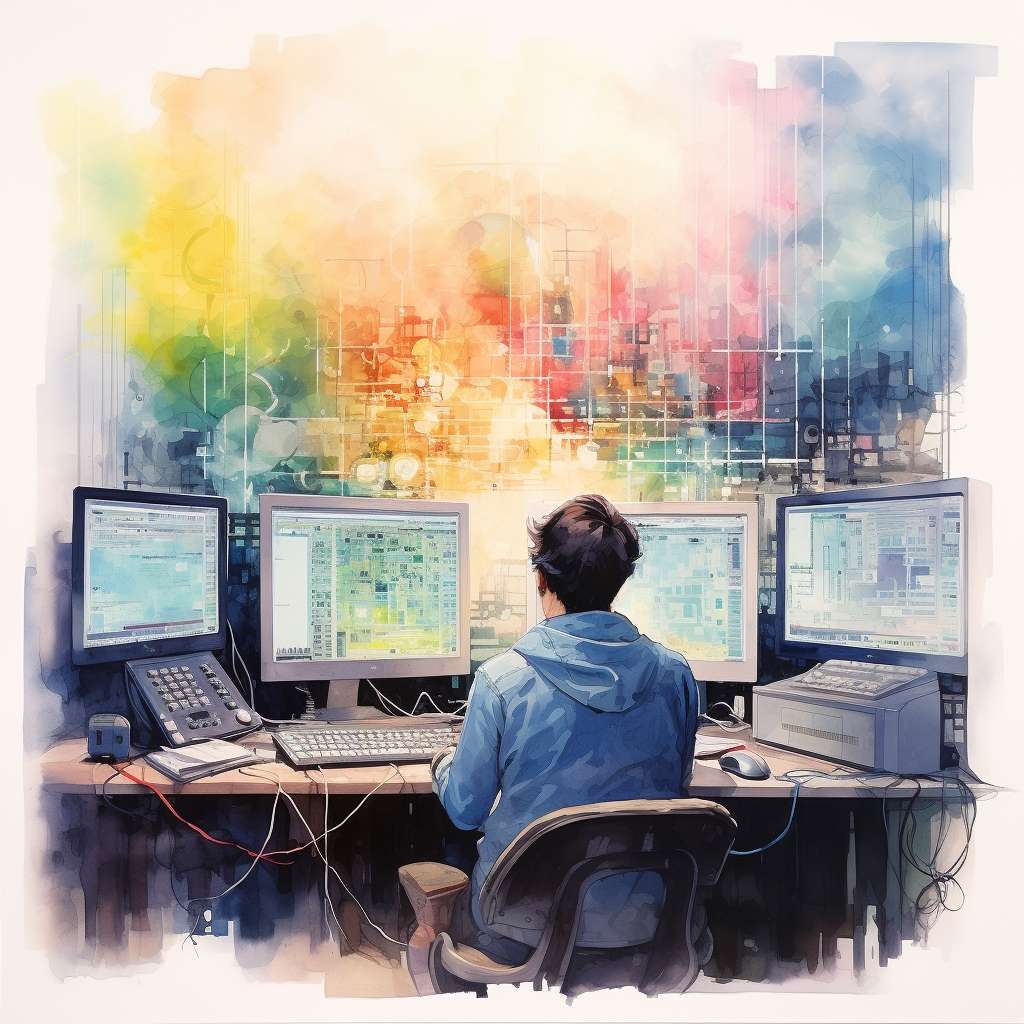Demystifying Programming

In the world of programming, there are fundamental concepts that shape this intricate craft. This article delves into the core principles that define this discipline. Programming is about instructing computers with precision, guiding them step by step through tasks they perform flawlessly, yet without understanding.
What is programming?
Programming is the process of building a program, which consists of giving a computer specific instructions on what tasks to perform. Computers are extremely precise but lack intelligence, which makes programming a meticulous and occasionally frustrating endeavor. It involves crafting step-by-step directions that leave no room for ambiguity, ensuring the computer carries out tasks exactly as intended.
History of Programming
Programming began in the mid-20th century with the development of the first electronic computers. Early computers, like the ENIAC and
However, the birth of modern programming is often attributed to the creation of the first high-level programming language, Fortran (short for “Formula Translation”), by IBM in the 1950s. Fortran allowed programmers to write instructions using human-readable words and mathematical notations, making it more accessible.
The 1950s and 1960s saw the emergence of other high-level programming languages, such as COBOL and Lisp, which further simplified programming. The development of these languages paved the way for a new generation of programmers.
The 1970s brought the creation of the C programming language by Dennis Ritchie at Bell Labs. C’s portability and flexibility made it widely adopted, and it became the basis for developing many operating systems and software applications.
In the 1980s, personal computers became more accessible, and programming languages like BASIC made it possible for individuals to write and run programs on their own machines.
The 1990s saw the rise of the World Wide Web, leading to the development of web programming languages like HTML, JavaScript, and PHP, which enabled the creation of dynamic websites and web applications.
Today, programming has evolved into a vast and diverse field with numerous languages, tools, and frameworks. It plays a crucial role in almost every aspect of modern life, from software development to data analysis, artificial intelligence, and more. The history of programming is marked by continuous innovation and the ongoing quest to make computers more accessible and powerful.
Role of binary code
Binary code plays a fundamental role in programming because it serves as the foundation for representing and executing instructions on computers. Here’s why binary is crucial in programming:
Machine Language: Computers can only understand and execute instructions written in machine language, which is a binary code composed of 0s and 1s. Each instruction in machine language corresponds to a specific operation the computer can perform, such as arithmetic calculations, data storage, or data retrieval.

Translation: Programming languages that humans use, such as Python, Java, or C++, are high-level languages designed for readability and ease of use. However, computers cannot directly understand these languages. Therefore, a crucial step in programming is translating the human-readable code into machine-readable binary code. This translation process is handled by compilers or interpreters, which convert high-level code into binary instructions that the computer can execute.
Execution: Once the code is translated into binary, the computer’s processor executes the instructions one by one. It reads the binary code, performs the specified operations, and produces the desired results. This includes tasks like displaying text on the screen, performing mathematical calculations, managing data in memory, and more.
In short, binary is the machine-level language of computers, and programming languages act as an intermediary to bridge the gap between human-readable code and binary instructions. Programmers write code in high-level languages for clarity and convenience, and then compilers or interpreters translate this code into binary for the computer to execute. Understanding binary can be useful for anyone working with programming because it’s the ultimate language of computation.
Binary Code
In binary code, “Hello World” would be represented as a sequence of binary digits (0s and 1s). Here’s an example of how it might look:
01001000 01100101 01101100 01101100 01101111 00100000 01010111 01101111 01110010 01101100 01100100
Each group of eight digits represents one character in the ASCII encoding. In this encoding, the letter ‘H’ is represented as 01001000, ‘e’ as 01100101, ‘l’ as 01101100, ‘o’ as 01101111, space as 00100000, ‘W’ as 01010111, ‘o’ as 01101111, ‘r’ as 01110010, ‘l’ as 01101100, ‘d’ as 01100100.
Please note that this is a simplified representation, and in real binary code, there may be additional encoding and formatting considerations depending on the context and the specific character encoding being used.
The world before binary code
In the quest to demystify the world of programming, it’s essential to understand that the digital landscape we navigate today didn’t emerge overnight. Before the advent of binary code, a fascinating array of systems and methods were employed to represent and manipulate data. Here, we unveil some of these intriguing predecessors:
Decimal System: The decimal system, often referred to as base-10, forms the bedrock of our numerical language. With its ten symbols (0-9), it elegantly embodies everyday arithmetic and remains a fundamental aspect of our mathematical lives.
Roman Numerals: The ancient Romans crafted a system that painted numbers with letters. The likes of ‘I,’ ‘V,’ ‘X,’ and more danced on scrolls and monuments. Although not tailored for modern computing, this system etched its mark in history for various purposes.
Mechanical Switches: Early computing contraptions leveraged physical switches and levers to manipulate data. These mechanical marvels operated through gears and cogs, paving the way for the digital age.
Telegraphy and Morse Code: In the 1830s, Morse code became the linchpin of long-distance communication. With its dots and dashes, it spoke volumes across vast distances, birthing a precursor to digital encoding.
Analog Computers: Some pioneering machines mimicked the continuous nature of the physical world, utilizing analog mechanisms like gears and levers to process data. They were marvels of their time, tackling complex equations and simulations.
Boolean Algebra: George Boole’s mid-19th-century creation, Boolean algebra, introduced logical operators and the binary essence of true and false. This foundational work laid the groundwork for digital logic.
Punched Cards: Data found a home in punched cards, a tangible precursor to digital storage. Patterns of holes conveyed information, and machines mechanically processed these perforated records.
While these predecessors had their moments in history, they lacked the precision and efficiency that modern binary code would bring. The binary system’s simplicity, compatibility with electronic circuits, and its knack for expressing data as sequences of 0s and 1s ultimately propelled it to the forefront of digital computing. This monumental shift ushered in the era of electronic digital computers in the mid-20th century, reshaping our world in ways that continue to dazzle and inspire.
How programming languages work
Programming languages are a bridge between human-readable commands and the computer’s actions. When you write code in a programming language, it’s like giving the computer a set of step-by-step instructions.

- Writing Code: You write code using words and symbols that are easy for humans to understand. For example, you might write
print('Hello, World!')in Python to tell the computer to display that message. - Translation: A special program called a “compiler” or “interpreter” reads your code. It translates your human-readable code into a language the computer can understand, called “machine code” or “binary code.” This translation is necessary because computers can only work with 0s and 1s.
- Execution: Once translated, the computer follows your instructions precisely. It performs calculations, moves data around, displays information on the screen, and more, all according to the code you wrote.
- Output: The computer produces results based on your instructions, which might be displaying text, performing calculations, or interacting with other devices or software.
Programming languages serve as a way for humans to communicate their intentions to the computer, which then carries out those instructions. The computer’s processor interprets the translated code and performs the requested actions, allowing us to automate tasks, solve problems, and create software applications.
What is a program?
A program is akin to constructing a mental structure built upon thoughts and logical instructions. Unlike physical buildings, programs are weightless and can rapidly grow in complexity. The primary challenge in programming lies in maintaining control over this intricate web of logic. Essentially, programming is the art of taming and managing this complexity, ensuring that it remains comprehensible and functions as intended. In the digital realm, where the possibilities are virtually limitless, the ability to harness and direct the intricate dance of code is the programmer’s most significant task.
Programmers
Programmers embrace controlled chaos, where they often follow a set of rules and best practices, but they recognize that this approach can sometimes be inefficient. Programming is a constantly evolving field, and as new problems arise, new solutions are needed, leaving room for different approaches. The key to becoming a better programmer is learning from mistakes, as they provide valuable insights for improvement.
The magic of programming
The magic of programming lies in its ability to transform data into meaningful actions and solutions. At its core, programming is the art of orchestrating algorithms and instructions to manipulate data in ways that solve problems, automate tasks, and bring ideas to life. It’s the creative fusion of logic and imagination that empowers us to turn lines of code into powerful tools, innovative applications, and the technologies that shape our digital world. Whether it’s simplifying complex calculations, creating captivating video games, or revolutionizing industries through automation, programming unlocks the door to endless possibilities, all by harnessing the transformative power of data manipulation.



